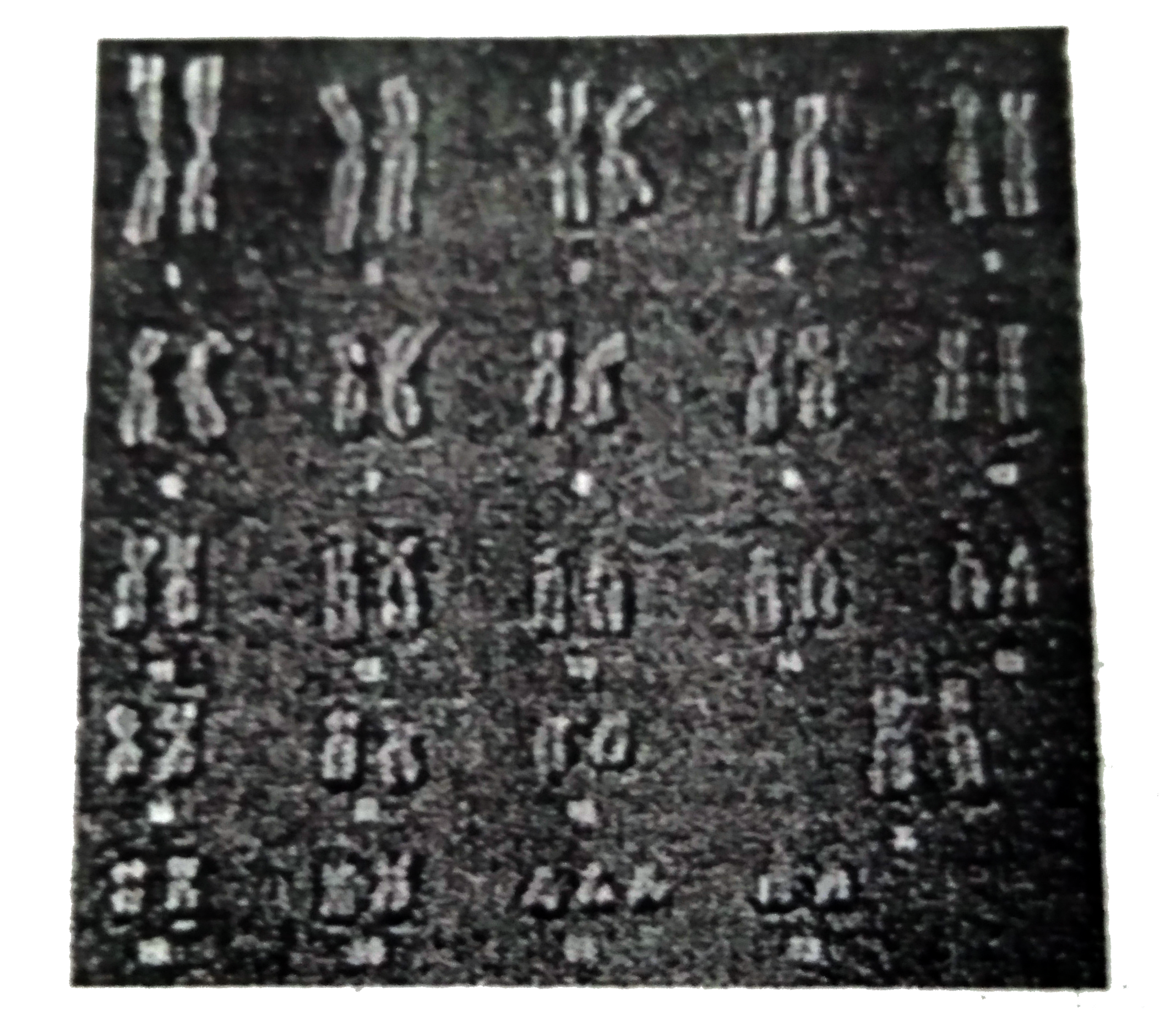Which element is required in the meristematic tissues like buds, leaves and root tips?
Step-by-Step Solution:
1. Understanding Meristematic Tissues:
- Meristematic tissues are specialized plant tissues that have the ability to divide and contribute to the growth of the plant. They are found in areas of the plant where growth is occurring, such as buds, leaves, and root tips.
2. Identifying the Required Element:
- The question asks which element is essential for the functioning of these meristematic tissues.
3. Recognizing the Role of Potassium:
- Potassium is identified as the key element required in meristematic tissues. It is absorbed by plants in the form of potassium ions (K⁺).
4. Functions of Potassium in Meristematic Tissues:
- Potassium plays several crucial roles in meristematic tissues:
- It helps maintain the balance of anions and cations within the cells.
- It is involved in protein synthesis, which is essential for cell growth and division.
- Potassium ions are crucial for the opening and closing of stomata, which regulates gas exchange and water loss in plants.
5. Conclusion:
- Therefore, the element required in the meristematic tissues like buds, leaves, and root tips is potassium.
- Meristematic tissues are specialized plant tissues that have the ability to divide and contribute to the growth of the plant. They are found in areas of the plant where growth is occurring, such as buds, leaves, and root tips.
- The question asks which element is essential for the functioning of these meristematic tissues.
- Potassium is identified as the key element required in meristematic tissues. It is absorbed by plants in the form of potassium ions (K⁺).
- Potassium plays several crucial roles in meristematic tissues:
- It helps maintain the balance of anions and cations within the cells.
- It is involved in protein synthesis, which is essential for cell growth and division.
- Potassium ions are crucial for the opening and closing of stomata, which regulates gas exchange and water loss in plants.
- Therefore, the element required in the meristematic tissues like buds, leaves, and root tips is potassium.
Topper's Solved these Questions
- BOOK - ICSECHAPTER - MINERAL NUTRITION EXERCISE - REVIEW QUESTIONS (SHORT ANSWER TYPE QUESTIONS)13videos
MINERAL NUTRITION
- BOOK - ICSECHAPTER - MINERAL NUTRITION EXERCISE - REVIEW QUESTIONS (LONG ANSWER TYPE QUESTIONS)9videos
MINERAL NUTRITION
- BOOK - ICSECHAPTER - MINERAL NUTRITION EXERCISE - REVIEW QUESTIONS (DIFFERENTIATE BETWEEN THE FOLLOWING)4videos
MINERAL NUTRITION
- BOOK - ICSECHAPTER - LOCOMOTIONA ND MOVEMENT EXERCISE - NCERT EXERCISES WITH ANSWER (DIFFERENTIATE BETWEEN)8videos
LOCOMOTIONA ND MOVEMENT
- BOOK - ICSECHAPTER - MORPHOLOGY AND ANATOMY OF DIFFERENT SYSTEM OF COCKROACH EXERCISE - Long Answer type Questions6videos
MORPHOLOGY AND ANATOMY OF DIFFERENT SYSTEM OF COCKROACH
Similar Questions
Knowledge Check
- Question 1 - Select One
In virus-infected plants the meristematic tissues in both apical and axillary buds are free of virus because
AThe dividing cells are virus resistantBMeristems have antiviral compoundsCThe cell division of meristems are faster than the rate of viral multiplicationDViruses cannot multiply within meristem cell(s). - Question 2 - Select One
Which of the following is not a character of meristematic tissue?
Apresence of prominent nucleusBpresence of intercellular spacesCabsence of vacuoleDproplastid present
Which of the following is a meristematic tissue
View SolutionWhich of the disorder is related with the Karyotype given below ?
 View Solution
View SolutionIn virus-infected plants the meristematic tissues in both apical and axillary buds are free of virus because
View SolutionIn virus-infected plants the meristematic tissues in both apical and axillary buds are free of virus because
View SolutionThe chemical substance P is made and secreted by the meristematic tissue at the tip of stem (or shoot) of a plant. The chemical substance P is responsible for a phenomenon Q in plants in which the stem bends towards the source of light. The same chemical substance P has an opposite effect on the root of a plant. It causes the root of a plant to bend away from the source of light in a process called R.
What is the general name of the chemical substance like P ? Name another substance which belongs to this class of chemical substances.View SolutionThe chemical substance P is made and secreted by the meristematic tissue at the tip of stem (or shoot) of a plant. The chemical substance P is responsible for a phenomenon Q in plants in which the stem bends towards the source of light. The same chemical substance P has an opposite effect on the root of a plant. It causes the root of a plant to bend away from the source of light in a process called R.
What is the effect of substance P on the rate of growth of
(a) a root and (b) a stem?View Solution

